Day 10 after embryo transfer
Embryo transfer into the uterine cavity is the last stage in the in vitro fertilization procedure. In case of successful embryo implantation, the process of its development proceeds in a natural cycle. However, the period of implantation of a diploid cell into the uterine wall largely depends on its quality and the readiness of the endometrium for conception.

specialists

equipment

treatment
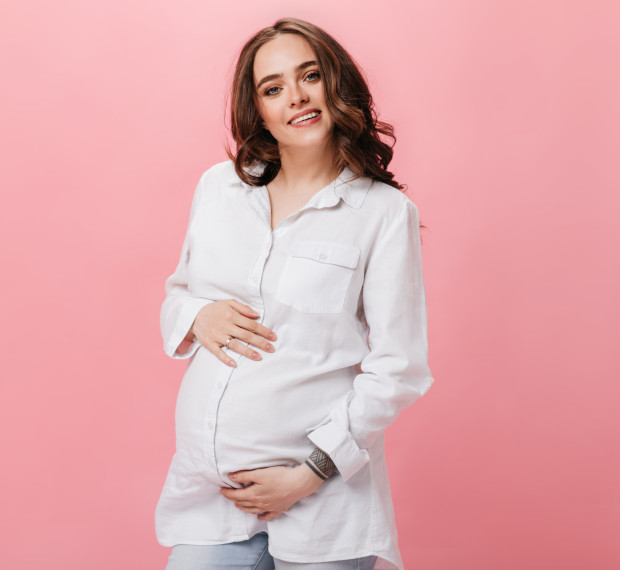
The first signs of pregnancy appear as early as 10-12 days after embryo implantation, which is associated with an increase in the plasma concentration of hCG. Early symptoms of gestation include:
- Pulling pains in the abdomen
- Malaise
- Rapid fatigue
- Swelling of the mammary glands
- Frequent urination
- Disturbances in sleep and wakefulness
- Frequent mood swings
- Early toxicosis
After the final implantation of the embryo into the uterine wall, an umbilical cord thread is formed between it and the woman's body, through which the fetus receives all the nutrients necessary for development: protein, oxygen, vitamins, amino acids, etc. Due to the high consumption of vitamins by the fetus, the health of patients may deteriorate. To prevent termination of pregnancy and spontaneous abortion, it is recommended to change the diet and refrain from excessive physical activity.

Most women do not notice significant changes in their health until the 30th day of gestation. However, patients planning pregnancy treat any transformations in the body with great attention. Some of them already on the 10th day after embryo transfer appear the following characteristic symptoms:
- Soreness of the mammary glands
- Hypersensitivity of the nipples
- Metallic taste in the mouth
- Feeling of heaviness in the pelvis
- Mucous discharge from the vagina
- Increased basal temperature
- Rapid fatigue
In the first days after the completion of the IVF procedure, women complain of the appearance of brown discharge from the vagina. This process is considered normal and indicates the implantation of the embryo into the endometrium.
10 DPP
10 DPT - test
A negative result of a pharmacy pregnancy test does not yet indicate an unsuccessful IVF procedure. The embryo begins to produce hCG starting from the 7th day after the transplant. After 3 days, an insufficient amount of the hormone accumulates in the body, which cannot be determined using a "home" test.
A test for hCG levels should only be performed by a reproductive specialist in an outpatient setting. For this, venous blood is collected, after which the serum concentration of human chorionic gonadotropin is determined. A high level of the hormone indicates the onset and normal course of pregnancy.
10 DPP five-day weeks
Five-day - blastocyst, formed on the 5th day after fertilization of the egg. For five days, the fertilized egg is cultured in an incubator in an artificial nutrient medium. Then it is implanted into the uterine cavity, after which they wait for the hCG results.
The probability of successful implantation of the blastocyst into the prepared (loosened) endometrium increases if the implantation is performed during the implantation window. The peak of endometrial cell receptivity falls on days 20-22 of the menstrual cycle. In the case of controlled ovulation stimulation, the maximum ability of the uterine mucosa to interact with the embryo falls on days 19-20 of the cycle.
10 DPP of five days - test
The effectiveness of IVF can only be assessed for sure 2 weeks after the blastocyst transfer. Starting from the 7th day after the procedure, the outer shell of the embryo (chorion) begins to produce a specific hormone. The hCG test should be performed 14 days after in vitro fertilization.
It should be taken into account that pregnancy is indicated by an hCG level of over 29 mIU/L. Standard test strips can have both high and low sensitivity. Some of them indicate pregnancy already at 10 mIU/L, while others - only at 150 mIU/L and above.
10 DPP five days - hCG
Normally, the production and growth of hCG occurs exclusively during gestation. This method allows you to determine the onset of pregnancy at the earliest stages of its development. In non-pregnant women, the concentration of the hormone in the blood does not exceed 5 mIU/l, while in pregnant women it can reach 250-300 mIU/l.
HCG levels on the 10th day after embryo transfer:
- Minimum concentration – 8 mIU/l
- Average concentration – 18 mIU/l
- Maximum concentration – 26 mIU/l
Since the hCG analysis is performed on the 14th day after the IVF procedure, the pregnancy test is considered positive if the hormone level is between 30 and 170 mIU/l. Any deviations from the norm may indicate abnormal fetal development and pathological course of gestation. Only a reproductive specialist can interpret the dynamics and serum concentration of hormones in the body of the expectant mother.

This award is given to clinics with the highest ratings according to user ratings, a large number of requests from this site, and in the absence of critical violations.

This award is given to clinics with the highest ratings according to user ratings. It means that the place is known, loved, and definitely worth visiting.

The ProDoctors portal collected 500 thousand reviews, compiled a rating of doctors based on them and awarded the best. We are proud that our doctors are among those awarded.
Make an appointment at a convenient time on the nearest date
Price
Other services
Laser therapy using the Photona device
Sling operations Ectopic pregnancy Delayed menstruation Removal of the uterus (hysterectomy) Thrush (vaginal candidiasis) Prolapse of the uterus and vagina Uterine polyp (endometrial polyp) Cervical dysplasia Adenomyosis Treatment of sexual infections Vaginitis (Colpitis) Erythroplakia of the cervix Endometritis Bacterial vaginosis Symphysitis (symphysiopathy) Erosion and ectopia of the cervix Vulvovaginitis Premenopause Uterine artery embolization for uterine fibroids Cervicitis Gynecologist consultation Dysmenorrhea (painful periods) Amenorrhea Removal of the ovaries (oophorectomy) Postmenopausal Sphinctermetry Treatment and intimate rejuvenation with the Fotona laser Adenomyosis (Endometriosis of the uterus) Vulvitis Vaginal surgeries Inflammation of the appendages (adnexitis, salpingo-oophoritis) Labiaplasty (labiaplasty) Bartholinitis Surgery to remove an ovarian cyst Prolapse (prolapse) of the uterus and vagina Hormone replacement therapy (HRT) First menstruation 7 days after embryo transfer Biochemical pregnancy IVF protein diet Day 5 after embryo transfer Follicles Bicornuate uterus and pregnancy Day 9 after embryo transfer 1 day after embryo transfer Age and Fertility

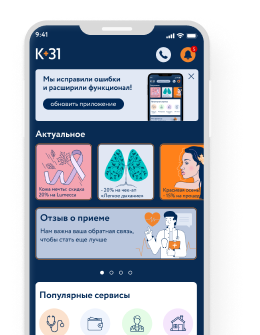



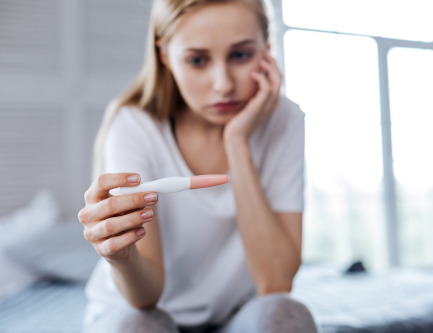
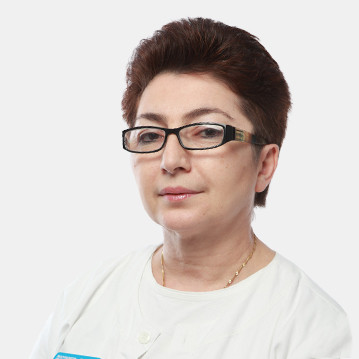
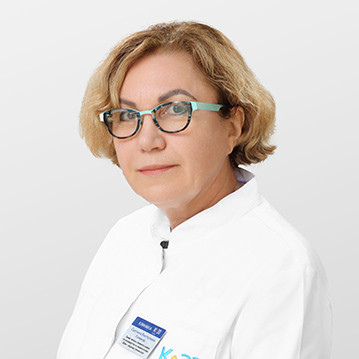







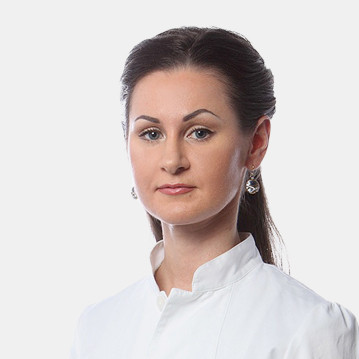








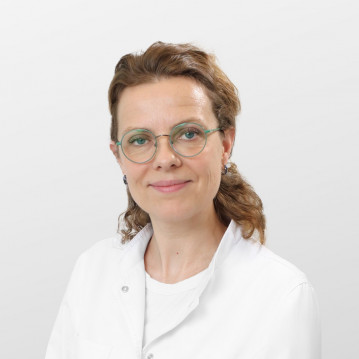


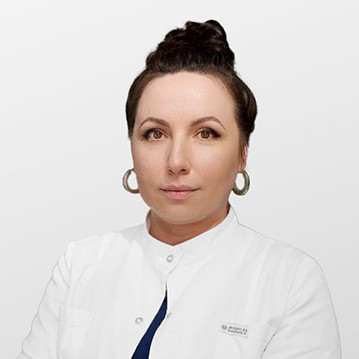




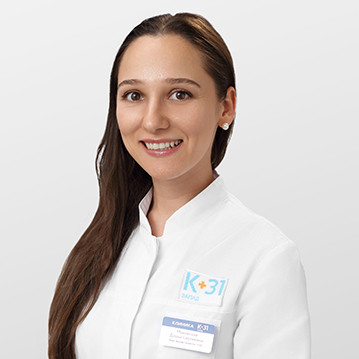



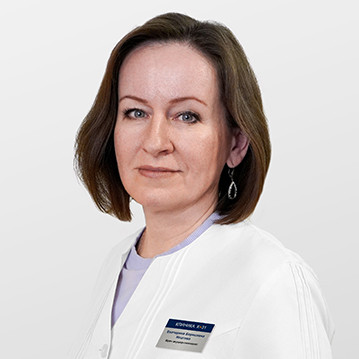








Briefly about implantation and early embryo development
To understand the reasons for the recommendations of reproductive specialists, it is necessary to understand what happens to the woman's body immediately after the embryo is transferred to the uterine cavity:
The final implantation of the embryo into the endometrium occurs on the 7th day after transfer. And only during this period do the embryonic petals begin to produce hCG – human chorionic gonadotropin. However, in the first week of pregnancy, its serum concentration is too low, so the test most often gives a negative result.